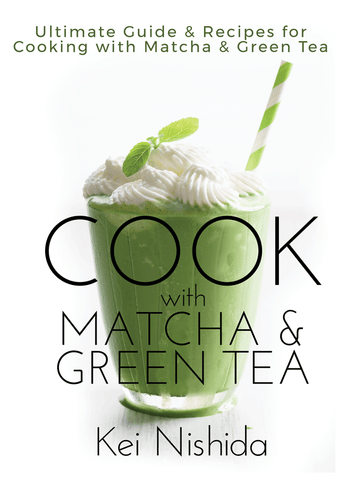Japanese Green Tea - Simply Explained
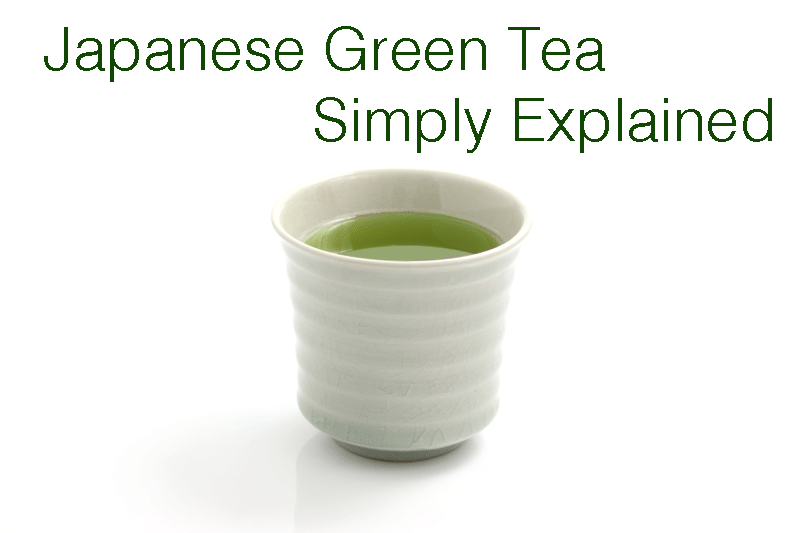
Brief History of How Green Tea Came from China to Japan
The history of green tea in Japan originated in 805 when Buddhist monks Saicho and Kukai returned back to Japan from traveling in China with young tea trees. In the 12th century, tea seeds were again brought to Kyoto by the famous Zen priest Eisai. Eisai penned one of the oldest books on specialty tea in 1211, a two-volume book inspired by his last visit to China. He describes the positive health effects tea can have on both the mind and body, focusing primarily on tea’s medicinal qualities in improving brain function, vitalizing the heart, and eliminating indigestion. He also goes in depth describing the shapes of tea plants, the different tea flowers and leaves of each plant, and how to process the tea leaves for drinking. As an influential figure, Eisai helped introduce tea consumption into the warrior class during the Heian Period. As the warrior class gained political prominence, the custom of tea drinking became widespread around Japan. It even made its way to Edo, the former name of the city of Tokyo. Soon green tea became a staple beverage among the cultured people of Japan. Although it was primarily enjoyed by only privileged individuals, by the end of the 16th century, green tea increased in production, and was available to all people of Japan.

Picture of Kukai – Kukai brought back green tea from China in 805
 Picture of Eisai - Eisai penned one of the oldest books on specialty tea in 1211
Picture of Eisai - Eisai penned one of the oldest books on specialty tea in 1211
With the rise of the Ming Dynasty in the 14th century, Japan increased their cultural exchange with southern China. Among the merchandise being traded and passed overseas was the roasting and processing methods of green tea. Poetry, writing, paintings and calligraphy depicting tea emerged during this time, eventually leading to the art of the tea ceremony.
How It Evolved to 350 billion Yen Business Now in Japan
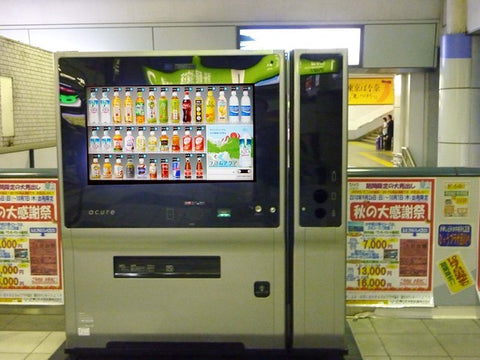
Green tea has since evolved into a-billion-yen business over the past decade. Ayataka, a brand of Coca-Cola in Japan that produces bottled green tea, has grown into a 777-billion-yen industry. Green tea is one of the most popular packaged beverages on the market in Japan, and many Japanese people now prefer their tea conveniently packaged in plastic bottles. Other companies are strong competitors to Coca-Cola's in Japan’s tea growing nation. Japanese retailers generally only stock in-demand beverages, so the pressure to come up with new green tea products and adaptations is high. Ito En, another of Japan’s traditional tea makers that produces bottled green tea in Japan, began adding in powdered tea to their green tea drinks to make them cloudier to seem more indicative of richer-tasting teas traditionally brewed in a teapot.
What is Green Tea

Green tea and black tea both originate from the same tea plant species, camellia sinensis. What differentiates green tea from black tea is how the tea leaves are actually processed that gives them their unique taste and color.
When brewing teas, there are two principle varieties of Camellia sinensis tea plants. Camellia sinensis, a smaller-leafed tea plant native to China, is primarily used for green and white teas. Camellia sinensis evolved as a shrub, and typically grows in sunnier regions with drier and cooler climates. This type of plant has a high tolerance for low temperatures and thrives well in mountainous regions. To process the green tea, leaves are harvested from the tea plant and are heated through steaming or pan firing. Typically, Japanese green tea is steamed whereas Chinese green tea is pan fried. To prevent oxidation, the leaves are dried to maintain their green color and lock in the fresh tea flavors. When green tea is brewed, the color is usually green, yellow, or very light brown in color. The flavors to the tea varies depending on whether the leaves are toasted through pan firing fired or steamed. Pan fired tea typically has a grass-like, vegetal flavor, while steamed leaves are more sweet and seaweed-like.
What Type of Green Tea is Available?
There is a myriad of different green teas available, all originating from the same Camellia sinensis tea plant. What differentiates these various types of green tea is dependent on where the tea plants are grown, how they’re cultivated, and the various climate conditions the plants endure.
Many green teas originate from China, notable types include: Gunpowder green tea and Dragonwell green tea both grown in the Zhejian Province of China, Snowy Mountain Jian, a green tea grown in the Yunnan Province of China, and Xin Yang Mao Jian, a unique tea grown in the Henan Province.
Japan itself also has a great variety of their own green teas as well, such as Gyokuro, a green tea widely considered as one of the best of Japanese green tea, and Sencha green tea, known as the common "everyday" Japanese green tea. Gyokuro tea is a type of shaded green tea also from Japan, different from the standard sencha tea in that it is grown under the shade rather than under the sun.

Although Gyokuro is a type of sencha tea, it has a unique cultivation method, which originated in Japan. Before harvesting, Gyokuro tea leaves are kept out of the sun for at least two weeks, causing the alkaloid caffeine and amino acid theanine in the leaves to increase, resulting in a sweeter tea flavor. The most notable form of green tea from Japan is matcha green tea, which is made from powdered gyokuro. Matcha tea leaves are also grown in the shade, but unlike typical gyokuro leaves they are not just steamed, dried and rolled during the cultivation process. Matcha leaves go through a unique refining phase, where the leaves are cut, the stems and veins are removed, and just the meat of the leaves are left before they are dried out. The leaves are then called tencha, and ground into a powder known as matcha. Matcha green tea is widely known for being the tea used in traditional Japanese tea ceremonies.
You can buy quality guyokuro here and matcha here online.
Here is a diagram of different kind of popular tea types. You can find more definition about each of these tea types here.

Brief of How it is Good for Health

Green tea is considered to be one of the healthiest beverage in the world. This beverage is loaded with antioxidants, such as polyphenols, L-theanine, catechins and EGCG as well as other powerful nutrients that can have incredibly positive effects on the body, such as lowering your risk of cancer. Drinking green tea can speed up your metabolism, leading to weight loss and an overall decrease in body fat. Green tea also contains caffeine, which acts as a stimulant to improve brain function.
Although all types of green tea have their benefits, try to drink higher quality brands of green tea. Some lower quality brands may contain excessive levels of fluoride, which can be dangerous when ingested in large quantities.
How it is Used Throughout the World
Over the centuries, green tea has spread all around the world, with different cultures incorporating it into their own unique recipes and preparations. In Taiwan, bubble green tea has hit a huge wave of popularity. This high calorie treat made with iced green tea is served with powdered milk sugar. Small balls of tapioca are added for an extra chewy texture. In Morocco, green tea leaves are served with mint and sugar in a beverage called Touareg tea. This green tea is served into a narrow tall glass, and served up to three times a day. Green tea has also gained widespread popularity in Europe in recent years due to its prominent health benefits.
Above is part of a chapter from my recent book: I Will Teach You How to be Healthy by Drinking Using Japanese Green Tea: Surprising Facts and Tips for How You can Take Best Advantage of This Amazing Plant
(Both Printable Format and Kindle Version Available)
Paperback: 112 pages
Language: English
ISBN-10: 1541252454
ISBN-13: 978-1541252455
Product Dimensions: 5.5 x 0.2 x 8.5 inches
Shipping Weight: 6.7 ounces
Click Here to View Table of Contents and First 2 Chapters
![]()
Related Articles You May Be Interested In
Get Free Download
If you have ever thought that Green Tea is an “acquired taste” or that it is “too bitter” to enjoy, we’re here to change your mind! We want everyone to experience the health benefits of Green Tea and show you that this can be an amazing, refreshing, and delicious drink when made correctly. With just a few tips on how to brew this powerful leaf, we can change your mind about the taste and enjoyment of drinking Green Tea.
Don’t miss out on the health benefits of tea!
- Improve health
- Increase brain function
- Regulate weight
- Lower your risk of cancers
- Reduce risk of heart disease
- Lowers risk of diabetes
We know that you will love this tips to brewing tea and getting the most flavor and elegance out of every cup. Sign up for our newsletter and get this great informative manual on brewing green tea. You will learn what it is that makes it one of the most popular beverages in the world.
The E-Book also includes the chapter of Kei Nishida's book, "Art of Brewing Japanese Green Tea" where he teaches you how to brew hot and cold Japanese Green Tea.
Also in Japanese Green Tea Lovers in India
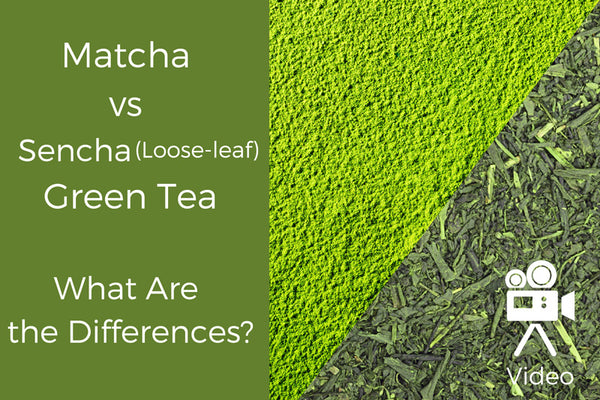
TYPES OF TEA: MATCHA VS SENCHA GREEN TEA: WHAT ARE THE DIFFERENCES?
When it comes to different types of tea, matcha and sencha green tea are two many people have questions about! Get answers in this post.
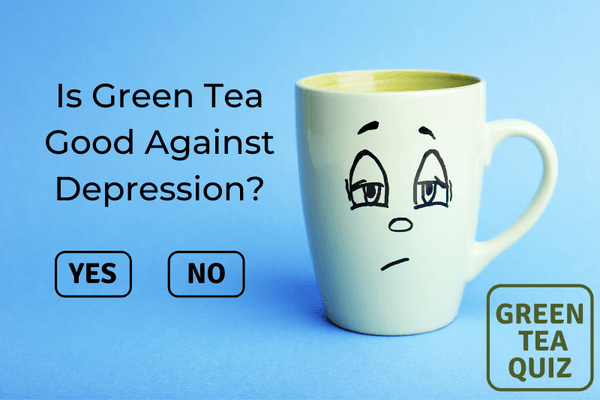
Is Green Tea Good Against Depression?

What is the best way to store your matcha & Japanese green tea?
5 Essential Storage Rules for Matcha and Japanese Green Tea
Read on to learn how to store matcha the proper way to ensure that you get the most out of this ancient elixir.











